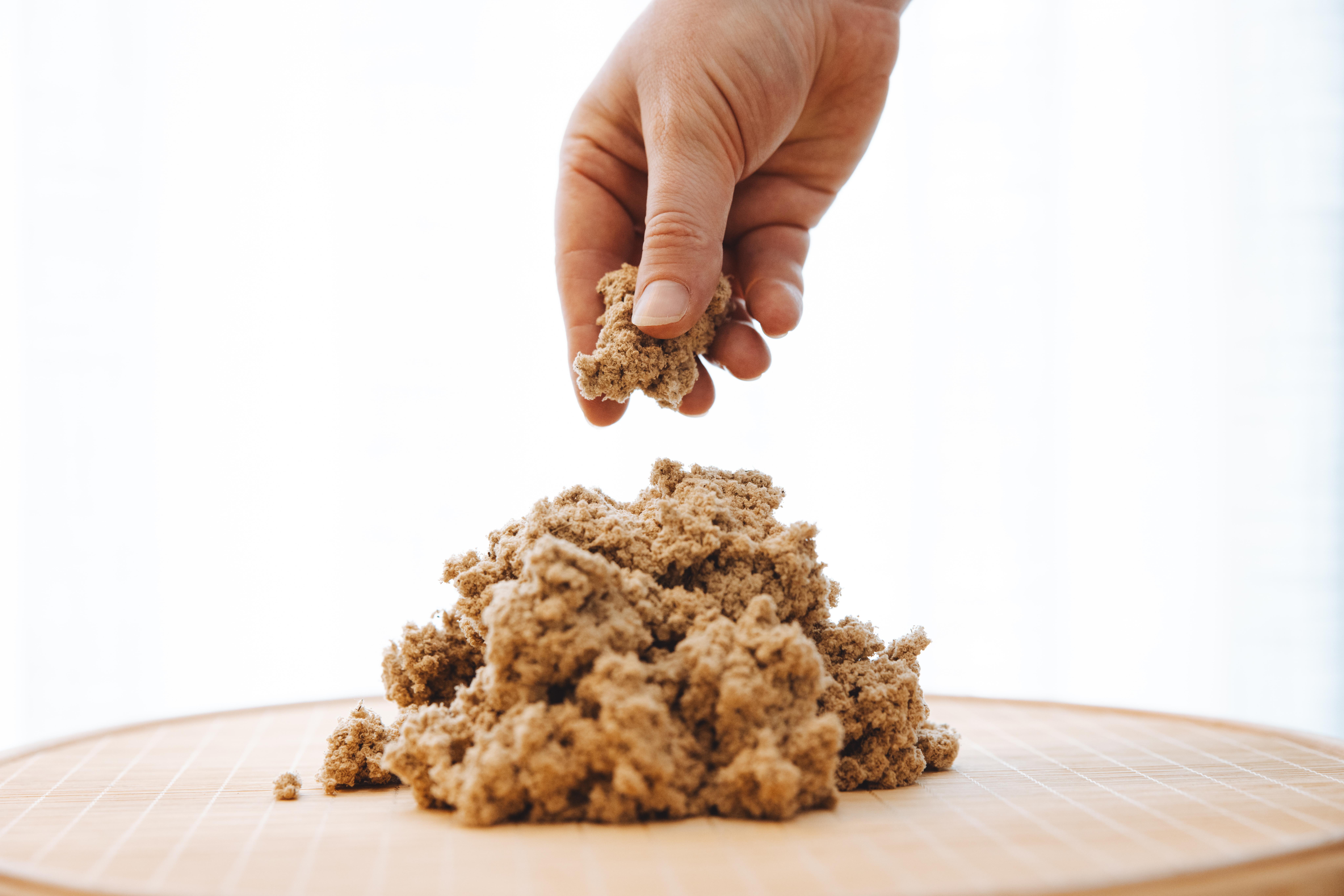Category
Posted
January 29, 2021

If you’ve visited me in the clinic before, you’ll probably have noticed that at times, there will be remnants of moxa smoke floating through the air. Sometimes it hits you as you walk in the door, perhaps you may even notice a little moxa dust sitting on the window sills.
I promise I do clean on a very regular basis!
The reason you will have noticed these things, is because I absolutely adore using moxa- and most importantly, my patients do too. Having seen in person how widely this stuff is used overseas really instilled a sense of how traditional this technique is and how it can be of benefit to us.
So what exactly is moxa?
Moxa is a plant called ‘Artemisia Vulgaris’ and is more commonly known as mugwort or moxa. Mugwort is grown, dried out and then ground up; which turns it into a soft, spongy consistency ready for use. It is then molded into different shapes depending on what treatment is required. It may be applied to the needles themselves, or even placed on top of a slice of ginger and then placed on the body. These are but a few of the many different types and kinds of acupuncture. It is lit carefully and smolders (sort of similar to an incense stick). This produces both warmth, and a gentle type of smoke that is therapeutic. Often people describe the feeling of having moxa as a ‘warm hug’.
How can it help?
The applications of moxa are vast, which means it can be used with the intention of helping a wide variety of conditions. Moxa may help with things like:
-Improving the quality of sleep
-As an adjunct treatment that may assist with IVF treatment
-Improving appetite & digestive concerns
-Helping with low energy & fatigue
-Stress & anxiety
-A wide variety of applications in the treatments chronic pain conditions
-Assisting neuropathy symptoms; such as pins, needles and numbness in the hands or feet
-Helping with conditions that involve the accumulation of fluid in the joints; for example; the knees and the ankles.
Moxibustion as such an incredible tool in the clinic setting and I find that everyone is so keen to ask questions about it and experience what it feels like. I often find that after people have experienced moxa once, that they will come in specifically requesting moxa again.
As always, if you have any questions, it would be an absolute pleasure to elaborate for you-so please do drop me a line.
Cat (Lead Acupuncturist: Cocoon Acupuncture, Drouin)
comments